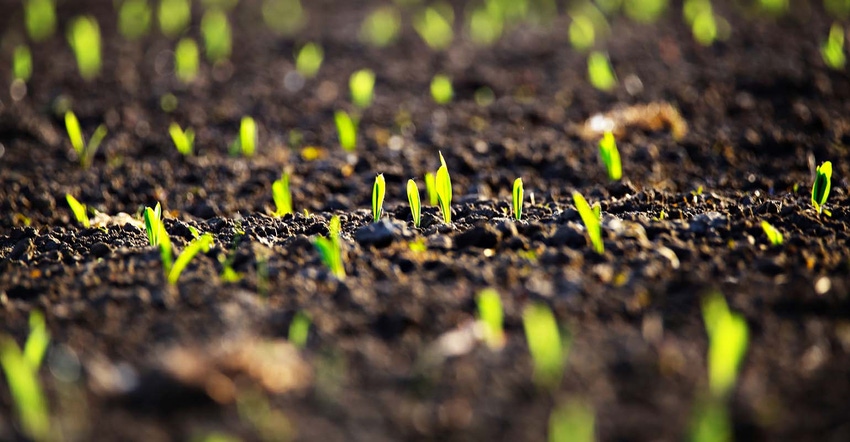
Is the low in yet? No. It is time, however, to start to anticipate where and when that price low might occur.
Nearby corn futures continue to slide lower on the barrage of negative news that inundates the market on a near daily basis. Weeks back I had pinpointed the $3 price point as a likely low target for corn futures, and we are now within 20 cents of that price target.
Looking at long term price objectives, $3 per bu. is tremendous technical support on monthly charts. It does seem that prices are getting to the point where they absorbed most of the negative news that has been circulating, and it is time to be on the lookout for the spring low.
Here are three important indicators to watch when searching for the low:
1. Seasonals
Looking at 5 year and 15 seasonal patterns for July and December corn futures, the “spring low” has a tendency to occur sometime between the last week of April the and second week of May. Why that time frame? This is when there is potentially a planting delay. This is also when the May corn futures contract begins the two week process of “going off the board” as it nears contract expiration. When the May contract expires, July futures then become the front month.
2. May USDA WASDE report
The next monthly supply/demand from the USDA will be released on Tuesday, May 12. This report could potentially bring a large amount of fresh data regarding the 2019 harvest. Due to the extended 2019 crop harvest, which lasted well into winter, the USDA announced it would resurvey farmers in Michigan, Minnesota, South Dakota, and Wisconsin to estimate 2019 harvested production. The updates will be released in the May 12, 2020 report. The USDA also announced it would survey North Dakota growers (they are still harvesting the 2019 crop yet this spring…) on their harvest results and provide updated estimates at a later date. The industry is very interested to find out if the data from this survey will result in smaller harvested acres, and smaller yield numbers. If so, that would bring the supply of the old crop down, which will help to alleviate the large ending stock situation.
3. When was the “spring low” in prior years?
Looking back at the past decade (using July corn futures as my guide) the spring low occurred in the month of March three times. The low came in April four times. Once the low occurred in May, and twice it actually bottomed out in early June.
You might be thinking, “But Naomi! The news is so negative! We have lost ethanol demand! Exports are slow! The economic outlook is horrific! Could there even conceivably be any type of rally this summer?” Just remember, low prices cure low prices. The world still needs to eat. Global end users would be foolish to ignore these ultra-historic low prices, and not stock up on needed supplies. We still have summer weather to get through; remember nearly 75% of the world’s corn is grown in the northern hemisphere – any weather issues in the United States, China, Europe or the Black Sea Region this summer will spark that rally as well. Low prices will cure low prices.
Reach Naomi Blohm: 800-334-9779 and [email protected]
Disclaimer: The data contained herein is believed to be drawn from reliable sources but cannot be guaranteed. Individuals acting on this information are responsible for their own actions. Commodity trading may not be suitable for all recipients of this report. Futures and options trading involve significant risk of loss and may not be suitable for everyone. Therefore, carefully consider whether such trading is suitable for you in light of your financial condition. No representation is being made that scenario planning, strategy or discipline will guarantee success or profits. Any decisions you may make to buy, sell or hold a futures or options position on such research are entirely your own and not in any way deemed to be endorsed by or attributed to Total Farm Marketing. Total Farm Marketing and TFM refer to Stewart-Peterson Group Inc., Stewart-Peterson Inc., and SP Risk Services LLC. Stewart-Peterson Group Inc. is registered with the Commodity Futures Trading Commission (CFTC) as an introducing broker and is a member of National Futures Association. SP Risk Services, LLC is an insurance agency and an equal opportunity provider. Stewart-Peterson Inc. is a publishing company. A customer may have relationships with all three companies. SP Risk Services LLC and Stewart-Peterson Inc. are wholly owned by Stewart-Peterson Group Inc. unless otherwise noted, services referenced are services of Stewart-Peterson Group Inc. Presented for solicitation.
The opinions of the author are not necessarily those of Farm Futures or Farm Progress.
About the Author(s)
You May Also Like






